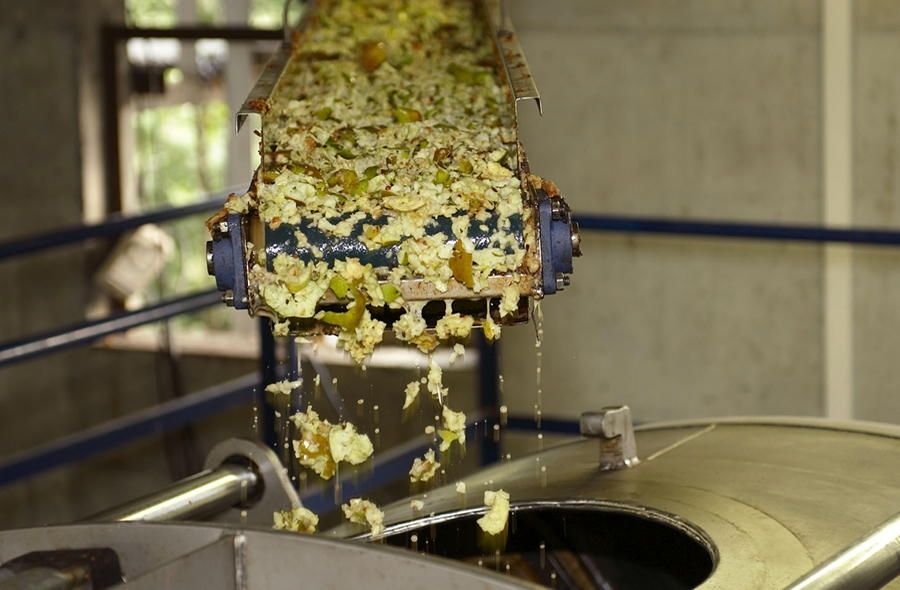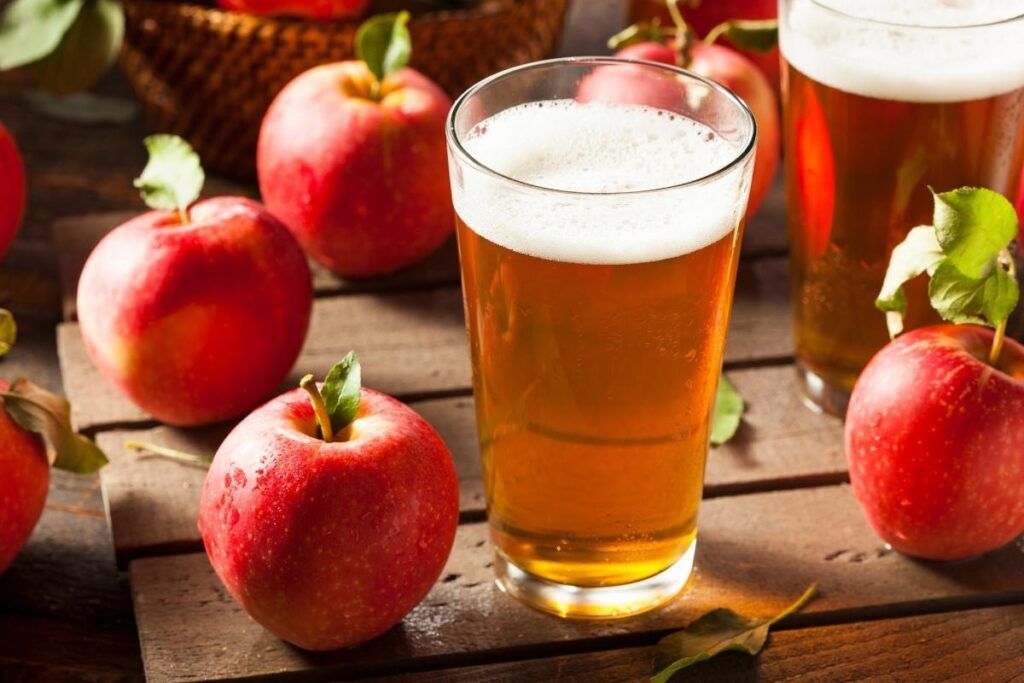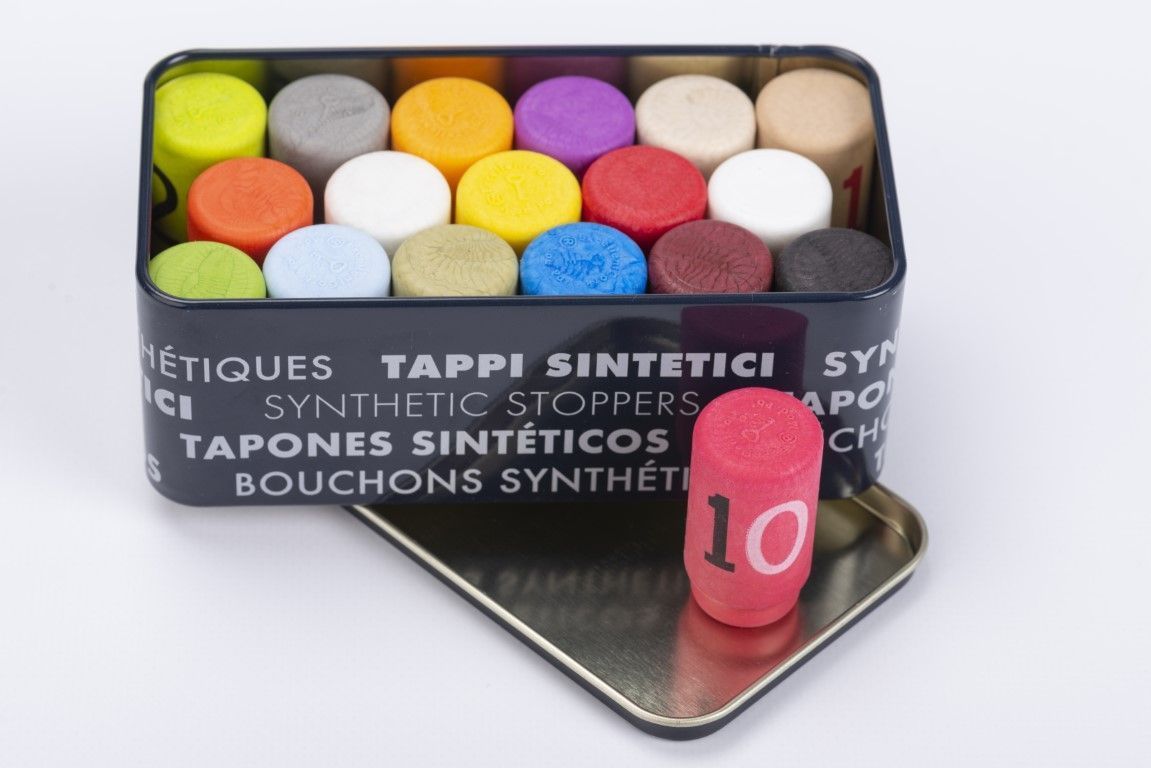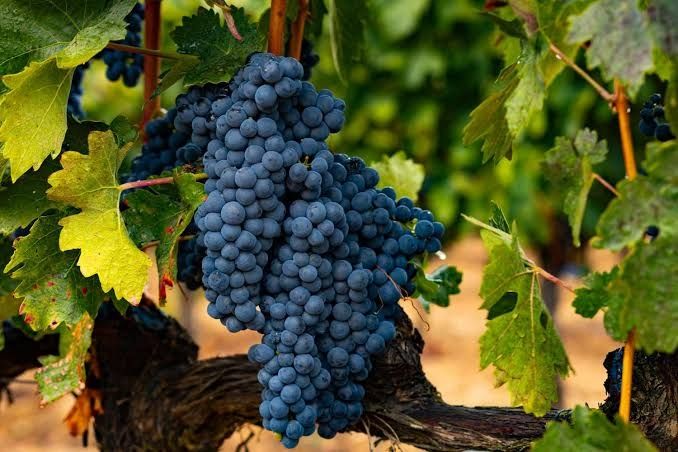The cider is an iconic beverage in various regions of Spain, especially in those where tradition and the environment favor the production of high-quality apples. In this article, we will explore the areas where cider is produced in the country and their distinctive characteristics. Additionally, we will learn more about the role of specialized packaging producers, such as Excellent Cork, in ensuring the preservation of this drink.
Main Cider-Producing Regions in Spain
Spain has several cider-producing regions, each with its own character and production methods. Cider, a fermented apple beverage, finds its main production area in the northern part of the country. Here are the most prominent zones.
Asturias: The Cradle of Spanish Cider
Asturias is internationally recognized as the cradle of Spanish cider, as the largest amount of this beverage is produced here. The climatic conditions and soil of this region are ideal for cultivating the apple varieties that give Asturian cider its unique and refreshing flavor. In Asturias, cider is mainly produced in an artisanal way, preserving techniques that have been passed down through generations.
Asturian cider is characterized by its intensity, fruity aroma, and the traditional “pouring” method, which allows the drink to oxygenate and enhance its flavor. The choice of a suitable cider cork, such as those offered by Excellent Cork, is crucial to preserving its freshness from the factory to the final consumer.
Other Notable Cider-Producing Regions
In addition to Asturias, other regions of Spain also stand out in cider production, although with variations in their production methods. In Galicia, the Basque Country, and Cantabria, cider is produced on a smaller scale but with outstanding quality, each featuring unique flavors and textures. For example, Basque cider tends to be drier and more acidic, a characteristic especially popular among those who enjoy intense flavors.
How is Cider Produced in Spain?
The production of cider in Spain is a process that combines tradition and modernity. From apple harvesting to bottling, every stage is essential for creating a high-quality beverage. Below, we detail the main stages of cider production.
Traditional Cider-Making Process
The traditional cider-making process begins with the autumn apple harvest. Once harvested, the best fruits are selected to be crushed and pressed, extracting the must. This must is fermented in large wooden barrels, where it transforms into cider thanks to the natural yeasts present in the apple.
During the process, proper preservation is vital, which is why Excellent Cork plays an important role by offering innovative packaging solutions. Their synthetic corks are an ideal option for preserving the quality and organoleptic properties of cider.

Differences Between Natural and Sparkling Cider
In Spain, we can distinguish two main types of cider: natural cider and sparkling cider. Natural cider is the most traditional, with an intense and fresh flavor, and is often consumed in typical cider houses or “chigres.” On the other hand, sparkling cider has gained popularity in recent years for its festive character. This type of cider undergoes a second fermentation, similar to that of champagne, which gives it its characteristic bubbles.
Other Notable Cider Factories in Spain
Spain is home to other renowned cider factories that produce high-quality ciders. These factories share a commitment to preserving tradition while exploring new technologies to improve their products.
Thanks to cork manufacturers like Excellent Cork, these companies can ensure that their products reach consumers in optimal conditions, protecting the freshness and quality of the drink. Choosing the right cork is crucial in the production process, and Excellent Cork offers specialized options for each type of cider.
Cider and Tourism: Visiting Cider Factories in Spain
Cider tourism has become a popular activity in cider-producing regions, especially in Asturias. Guided tours of the factories allow tourists to learn about the cider-making process up close and enjoy tastings. Visiting a cider factory is a unique experience that combines history, culture, and gastronomy.
In many of these factories, visitors can observe how ciders are bottled and learn about the importance of corks in preserving the beverage. Excellent Cork collaborates with some of these producers, offering corks that ensure cider retains its properties from the factory to the table.
Frequently Asked Questions About Cider Production in Spain
- What is the main cider-producing region in Spain? Asturias is the main cider-producing region in Spain, where most of the country’s cider is made.
- What is the difference between natural and sparkling cider? Natural cider is more traditional and characterized by its freshness, while sparkling cider undergoes a second fermentation, giving it its characteristic bubbles.
- What role do corks play in preserving cider? Corks are essential for preserving cider’s properties. Excellent Cork, as a synthetic cork manufacturer, offers products designed specifically to maintain the quality and freshness of cider.
- Where can I visit a cider factory in Spain? Asturias is home to several cider factories that offer guided tours.
Cider is a drink rich in tradition and history in Spain, especially in regions like Asturias and the Basque Country. Thanks to specialized manufacturers like Excellent Cork, cider reaches consumers in optimal conditions, maintaining its flavor and freshness with their high-quality corks.





